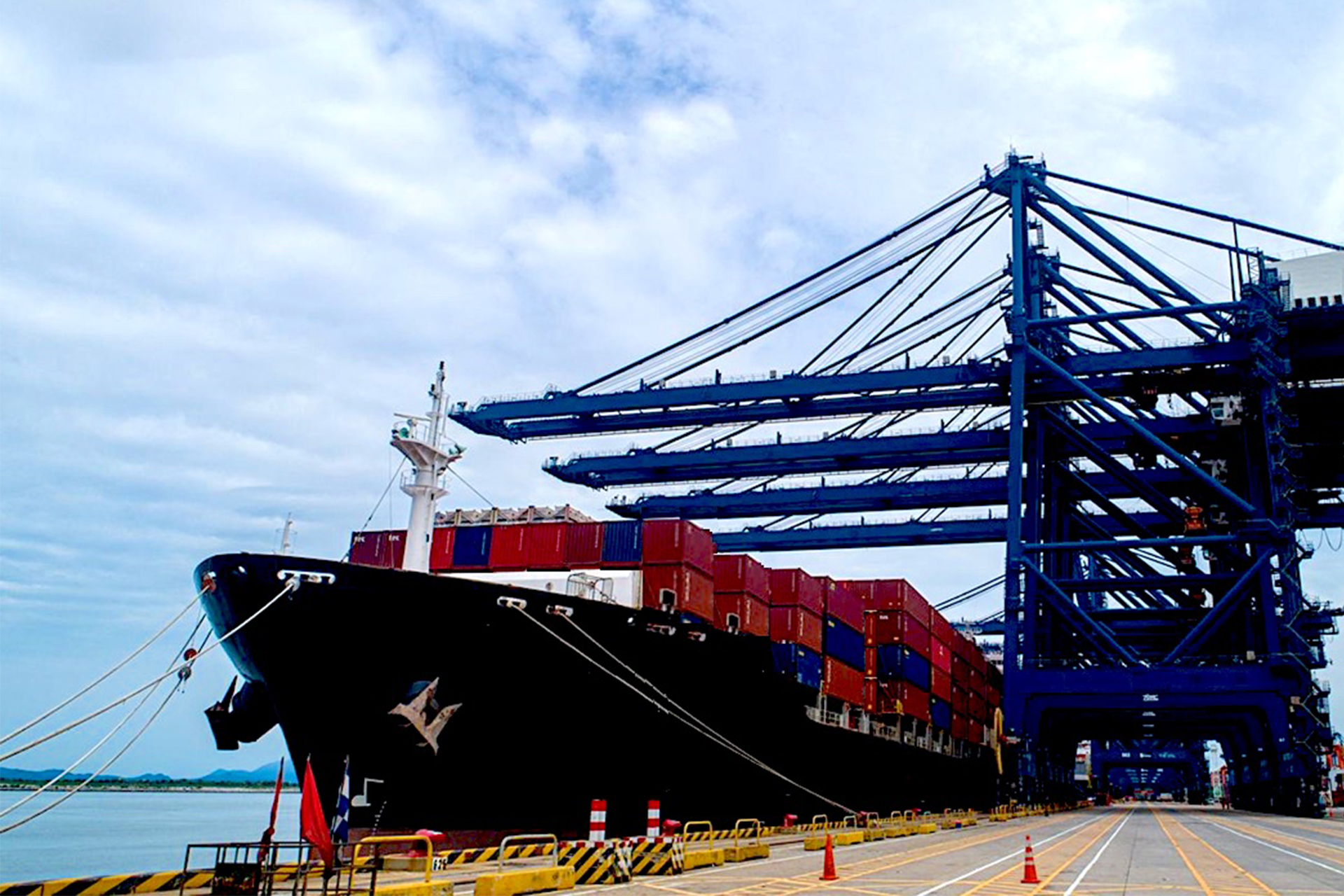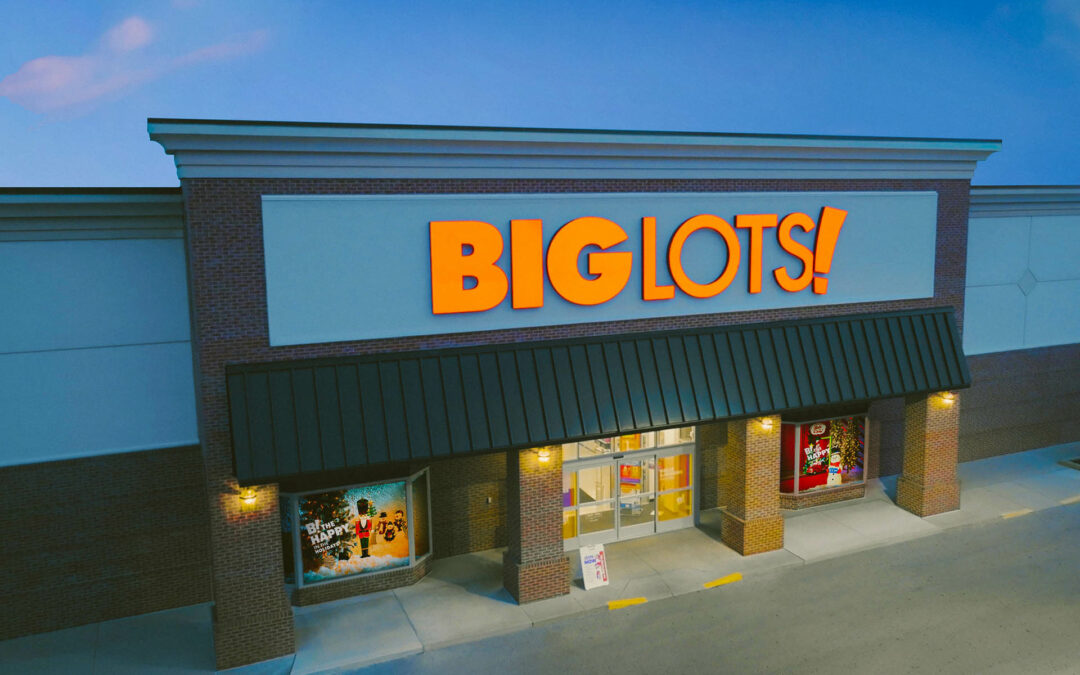After a record-setting spring, imports at the major container ports across the United States should slow significantly for the remainder of the year, but 2022 still looks to see a net gain in container flow over 2021 according to the monthly Global Port Tracker report from the National Retail Federation and Hackett Associates.
June’s results brought container movement in 2022’s first half to 13.5 million TEU, a 5.5% increase year over year, NRF maintained. Although ports have yet to report July’s numbers, Global Port Tracker projected the month at 2.26 million TEU, up 3.2% year over year. It forecast August at 2.2 million TEU, down 3%, September at 2.15 million TEU, up 0.4 %, October at 2.13 million TEU, down 3.9%, November at 2.06 million TEU, down 2.7%, and December at 2.03 million TEU, down 3%.
The projections would bring the second half of the year to 12.8 million TEU, down 1.5% from the period in the year past. Still, Global Tracker anticipates 2022 to rack up 26.3 million TEU, up 2% from last year’s annual record of 25.8 million TEU.
The cargo data comes as NRF continues to forecast 2022 retail sales growth of between 6% and 8% over 2021. Sales gained 7% during the first half of the year, the organization stated.
Recent import-related developments include concerns about contract negotiation between the International Longshore and Warehouse Union and the Pacific Maritime Association, which expired July 1 and had many retailers bring in cargo early and shift to East and Gulf Coast ports to avoid any potential disruptions related to labor negotiations, with early shipments helping drive second-quarter volumes, according to NRF. Now, the freight railroads and their union are working with a Presidential Emergency Board to further contract discussions, which have been ongoing for two years. The Port of Oakland shut down briefly in late July amid protests by independent truckers over a new California state law aimed at eliminating independent owner-operators.
“Retail sales are still growing, but the economy is slowing down and that is reflected in cargo imports,” NRF vp for supply chain and customs policy Jonathan Gold said in announcing the figures. “Lower volumes may help ease congestion at some ports, but others are still seeing backups and global supply chain challenges are far from over. Our biggest concern is the potential for disruption because of separate labor negotiations at the West Coast ports and the freight railroads. Concluding both sets of negotiations without disruption is critical as the important holiday season approaches.”
Hackett Associates Founder Ben Hackett said. “The heady days of growth in imports are quickly receding. The outlook is for a decline in volumes compared with 2021 over the next few months, and the decline is expected to deepen in 2023.”





